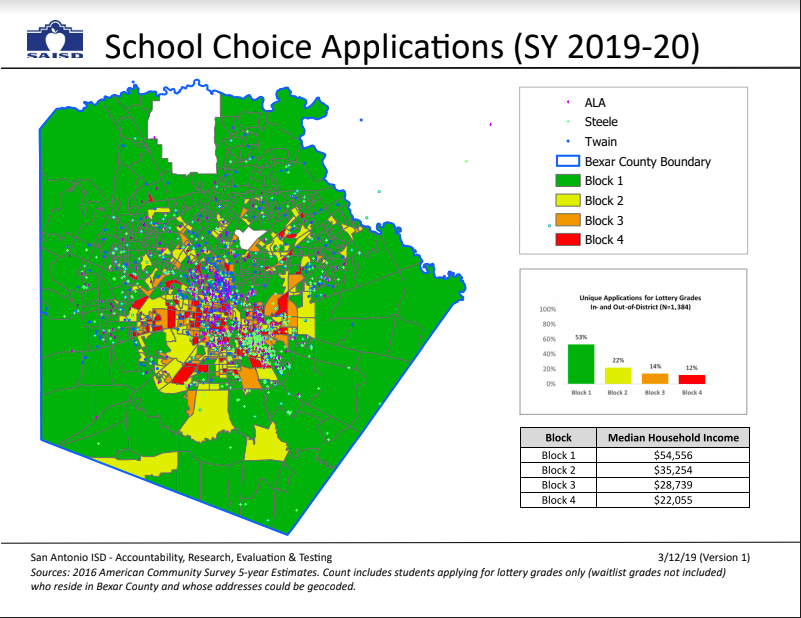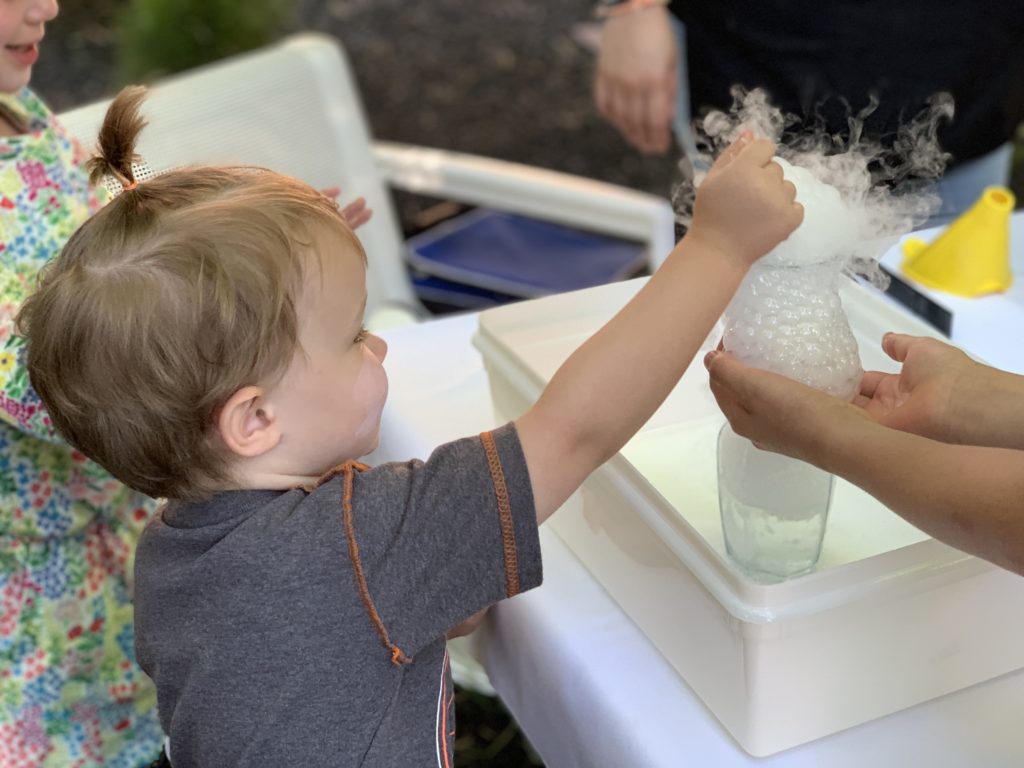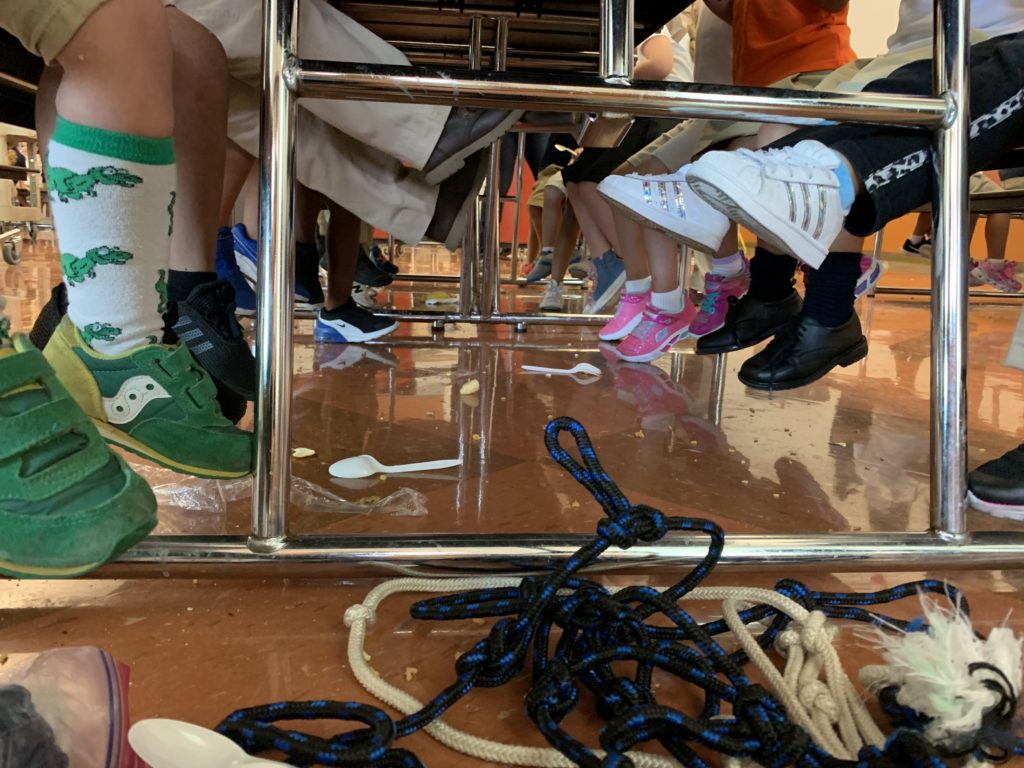The Integration Diaries: The one advantage I refuse to give up.
We put our kids in a public school committed to socioeconomic diversity, where they are among the 6 percent of kids who look like them. It’s going very well. They are learning how to speak Spanish while their classmates learn English. My kindergartener is adding, subtracting, and reading up a storm. My pre-kindergartener wants to be an “astronauta” and asks for, “mas jugo, por favor” (pronounced, “po-faloe” because no one is going to correct something that adorable).
So what are we learning, my white husband and I?
We are learning how to support the work of integration. We got on board with desegregation when we enrolled. Integrating is much…much harder.

I say integrating is harder than desegregation. It is. But mostly because it is very difficult for me not to look like an ass in doing it. Integration is more difficult to do well. Not that it is harder to endure or to survive. Reflecting on my first semester as an integrating parent, I would be remiss if I didn’t dedicate at least one blog post to how awesome it has been for my own mental health and the mental health of my kids.
Not in a “purposeful life” sort of way. Not in a “the peace of doing the right thing.” Not in a “virtue is its own reward.” No. I mean that saying yes to functional systems and no to the rat race is incredibly freeing and fun and I think it may be saving our lives.
Because of the narratives around failing schools, and frankly the narratives around desegregation, a lot of the focus stays on the resources that middle class parents bring with them into under-resourced schools. The focus is on what these parents will be giving up, and not so much on what they will gain. But if we look a little deeper, while we might be giving up some elite coaching, some cool field trips and clubs and whatnot, we are also escaping something.
I sort of wanted integration to be more risky, because economically advantaged people need to be willing to feel a little discomfort, and to give up some of our advantages. We have to stop idolizing the idea that our kids will have an edge over their competition, we have to stop the opportunity hoarding whereby we get stuff for our kids and then see everyone else as a threat. We have to stop making everything about childhood a competition.
We have to stop, because when we do that, we inevitably rely on unjust systems of segregation, nepotism, and power tokens to do it. When we use those systems they get stronger.
We cluster in the most “competitive” schools, so that’s where the college recruiters focus, overlooking other schools.
We use our connections to get our kids into programs and club sports they did not earn, or we pay for copious tutoring and lessons to make sure that they can earn their way in, edging out kids who might have gotten in on skill alone if it were really a competition between kids. So now, to get into some programs a certain amount of expensive pre-gaming is assumed. Eventually some families are priced out.
We use our influence to create internships, clubs, and learning experiences centered on the interests and ambitions of our kids, giving them the natural advantage of interest and ambition.
We continue to build the world to their advantage, which is a zero sum game. Not everyone can win. But the race doesn’t start in the classroom. It doesn’t even start at birth. It started generations ago, which is why one group (white folks) are over-represented among the economically advantaged. While not every white person is rich, in America we have had more consistent and longstanding access to means of creating wealth–property ownership, inheritance law and tax code written with our norms in mind, fair lending, insurance.
Our inheritance as second-and-forthcoming-generation privileged folks is the obligation to maintain and expand our lead.
This rugged individualism is just as destructive…and it’s self-destructive too. It’s become pathological. It starts so early, and costs so much. Not only in money, but in mental health. Which is why opting out of it is, in my opinion, an advantage worth having.
I truly believe that the pressure we put on our kids to achieve is as toxic as the social media apps we like to blame for everything. The drug use, the self-harm, the eating disorders…those thrive in highly competitive school environments. (Not like “do your best” competitive. There’s a difference between success and dominance.) The kids begin to self-destruct right along with us.
The social pressure between parents is, yes, the stuff of parody, but get one whiff of it and you will find it is not funny at all. We can snicker at Big Little Lies, The Girlfriend’s Guide to Divorce, I’m Sorry, Modern Family, I Don’t Know How She Does It, Where’d You Go Bernadette?, Bad Moms, Bad Moms’ Christmas, or any television show set in a private high school…but all of that is a derived from a real, gut-churning thing.
We all say we aren’t going to be the parent who does our kids’ school projects or stays up all night making bake sale goodies. That we wouldn’t indulge their request for absurdly expensive athletic gear. We all say we would nev-er pay a man to fix their SATs.
Okay, so we may not commit a federal crime, but we would pay just as much in tutoring.
Look at what else we’ve been willing to do. Is any of that less radical than clumping our children into affluent enclaves that have been proven to disadvantage other schools across town? Is doing your kid’s homework somehow more egregious than demanding they be put in a certain teacher’s class? Is paying thousands of dollars in SAT prep any less fair than signing a petition against a rezone that would bring in more low income households to your child’s school?
Opting into integration, for me, is the first step in opting out of all of that. I say no to competitive parenting, starting by forfeiting the advantage of segregation.
When I say “no” to that, I say “yes” to other things. We still have a lot of joy.
I sent my daughter to school with a historical figure pumpkin that she made herself. I helped her a little with the pinning part so that she didn’t hurt herself, but she did do the rest herself. And it looked like a five-year-old made it. It was Ruby Bridges (and I was beyond proud of her selection), but you could not tell by looking at the pumpkin. She’s playing YMCA soccer at her school, and dabbling in random other things where she’s interested, as little people do. My three-year-old does nothing outside the house besides school, as being with me is his preferred extracurricular.
I’m a super indulgent parent, and I typically let my kids try whatever they want to try as long as it’s ethical and safe. Jumping off stuff, making concoctions in the kitchen, dance lessons. I think their curiosity is wonderful, and I have a hard time saying “no.” Our economic situation enables a lot of this, which is why I have to say “no” at times as a discipline. I set boundaries when I know I should, but I’d always rather say, “Yeah! Let’s see what happens!” (Those who know me, know that this is not just in regards to my kids…this is just me in life…send condolences to Lewis.)
But every time I talk to parents who share my demographics, I’m bombarded with the idea of more competitive leagues, mastering a musical instrument, or thinking about getting into the pipeline that leads to the best colleges. Not in the interest of indulging our children’s quirkiest interests, but in the interest of helping them stand out and get ahead.
The obsession with selective colleges begins the moment our children are born, if not before. Even though research shows that selective colleges don’t really carry an extra advantage for kids who already come from the professional networks and social circles made accessible by selective colleges.
Even though the research shows that having professional-class parents pretty much dwarfs whatever other advantages you do or do not give your kid.
There’s good guidance out there that desegregation shouldn’t be a stealth power move. If going into a desegregated school is a way of garnering yet another advantage for your kid—whether dual language, project-based learning, or just the many actual benefits that come from diverse settings—you probably won’t really integrate. And you’ll miss out on all the sanity it has to offer.


